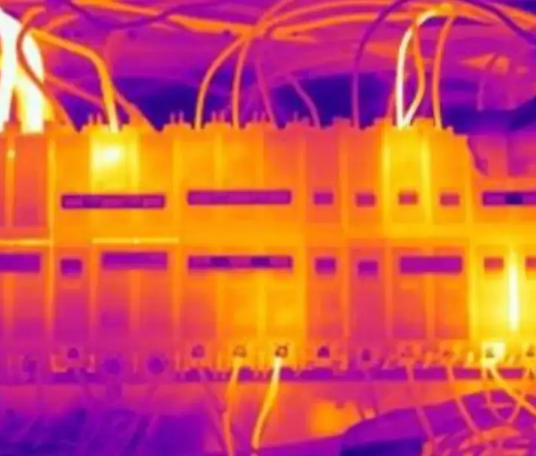There are several tests that can be performed on electrical equipment to ensure its proper functioning, including:
Continuity test: checks if there is an unbroken path for electricity to flow.
- Insulation resistance test: measures the resistance of the insulation material used in the equipment.
- Ground fault test: checks for any current leakage to ground.
- Voltage test: measures the voltage levels to ensure they are within safe limits.
- Current test: measures the amount of current flowing through the equipment.
- Load test: checks the equipment’s performance under normal operating conditions.
- Dielectric strength test: measures the ability of the insulation material to withstand high voltage without breaking down.
- Short circuit test: measures the equipment’s ability to handle short-circuit current.
These tests are typically performed by qualified electrical technicians using specialized testing equipment.
